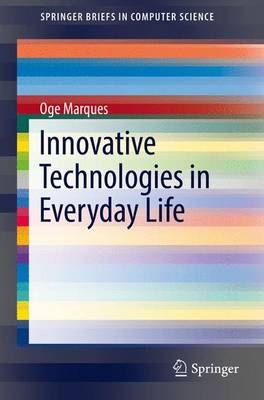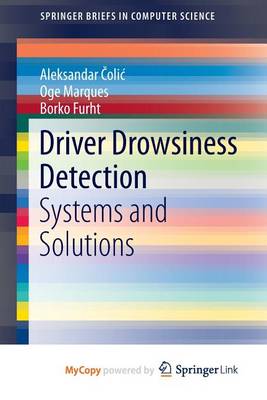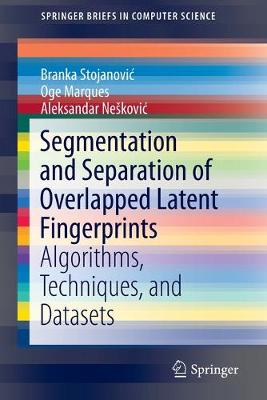SpringerBriefs in Computer Science
5 total works
This SpringerBrief provides an overview of contemporary innovative technologies and discusses their impact on our daily lives. Written from a technical perspective, and yet using language and terminology accessible to non-experts, it describes the technologies, the key players in each area, the most popular apps and services (and their pros and cons), as well as relevant usage statistics.
It is targeted at a broad audience, ranging from young gadget enthusiasts to senior citizens trying to get used to new devices and associated apps. By offering a structured overview of some of the most useful technologies current available, putting them in perspective, and suggesting numerous resources for further exploration, the book gives its readers a clear path for learning new topics through apps and web-based resources, making better choices of apps and websites for frequent use, using social networks effectively, protecting their privacy and staying safe online, and enjoying the opportunities brought about by these technological advances without being completely consumed by them.
Driver Drowsiness Detection
by Aleksandar Colic, Oge Marques, and Borko Furht
The major concepts addressed in this brief are: the need for such systems, the different methods by which drowsiness can be detected (and the associated terminology), existing commercial solutions, selected algorithms and research directions, and a collection of examples and case studies. These topics equip the reader to understand this critical field and its applications.
Detection Systems and Solutions: Driver Drowsiness is an invaluable resource for researchers and professionals working in intelligent vehicle systems and technologies. Advanced-level students studying computer science and electrical engineering will also find the content helpful.
Optical Flow and Trajectory Estimation Methods
by Joel Gibson and Oge Marques
Beginning with a review of optical flow fundamentals, it discusses the commonly used flow estimation strategies and the advantages or shortcomings of each. The brief also introduces the concepts associated with sparsity including dictionaries and low rank matrices. Next, it provides context for optical flow and trajectory methods including algorithms, data sets, and performance measurement. The second half of the brief covers sparse regularization of total variation optical flow and robust low rank trajectories. The authors describe a new approach that uses partially-overlapping patches to accelerate the calculation and is implemented in a coarse-to-fine strategy. Experimental results show that combining total variation and a sparse constraint from a learned dictionary is more effective than employing total variation alone.
The brief is targeted at researchers and practitioners in the fields of engineering and computer science. It caters particularly to new researchers looking for cutting edge topics in optical flow as well as veterans of optical flow wishing to learn of the latest advances in multi-frame methods.
Segmentation and Separation of Overlapped Latent Fingerprints
by Branka Stojanovic, Oge Marques, and Aleksandar Neskovic
By offering a structured overview of the most important approaches currently available, putting them in perspective, and suggesting numerous resources for further exploration, this book gives its readers a clear path forlearning new topics and engaging in related research. Written from a technical perspective, and yet using language and terminology accessible to non-experts, it describes the technologies, introduces relevant datasets, highlights the most important research results in each area, and outlines the most challenging open research questions.
This Springerbrief targets researchers, professionals and advanced-level students studying and working in computer science, who are interested in the field of fingerprint matching and biometrics. Readers who want to deepen their understanding of specific topics will find more than one hundred references to additional sources of related information.
This book presents the fundamentals of mobile visual computing in iOS development and provides directions for developers and researchers interested in developing iOS applications with image processing and computer vision capabilities.
Presenting a technical overview of some of the tools, languages, libraries, frameworks, and APIs currently available for developing iOS applications Image Processing and Computer Vision in iOS reveals the rich capabilities in image processing and computer vision. Its main goal is to provide a road map to what is currently available, and a path to successfully tackle this rather complex but highly rewarding task.




